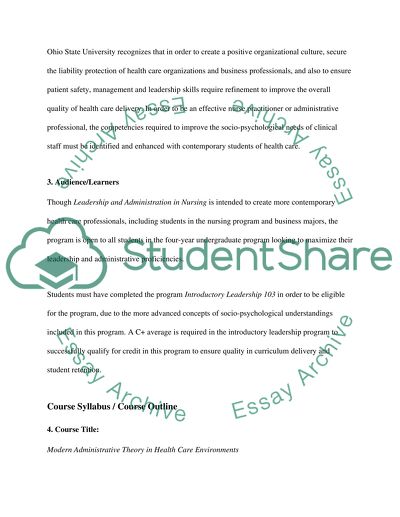Cite this document
(“Leadership and Administration in Nursing at Ohio State University Article”, n.d.)
Leadership and Administration in Nursing at Ohio State University Article. Retrieved from https://studentshare.org/education/1455649-course-syllabus
Leadership and Administration in Nursing at Ohio State University Article. Retrieved from https://studentshare.org/education/1455649-course-syllabus
(Leadership and Administration in Nursing at Ohio State University Article)
Leadership and Administration in Nursing at Ohio State University Article. https://studentshare.org/education/1455649-course-syllabus.
Leadership and Administration in Nursing at Ohio State University Article. https://studentshare.org/education/1455649-course-syllabus.
“Leadership and Administration in Nursing at Ohio State University Article”, n.d. https://studentshare.org/education/1455649-course-syllabus.


